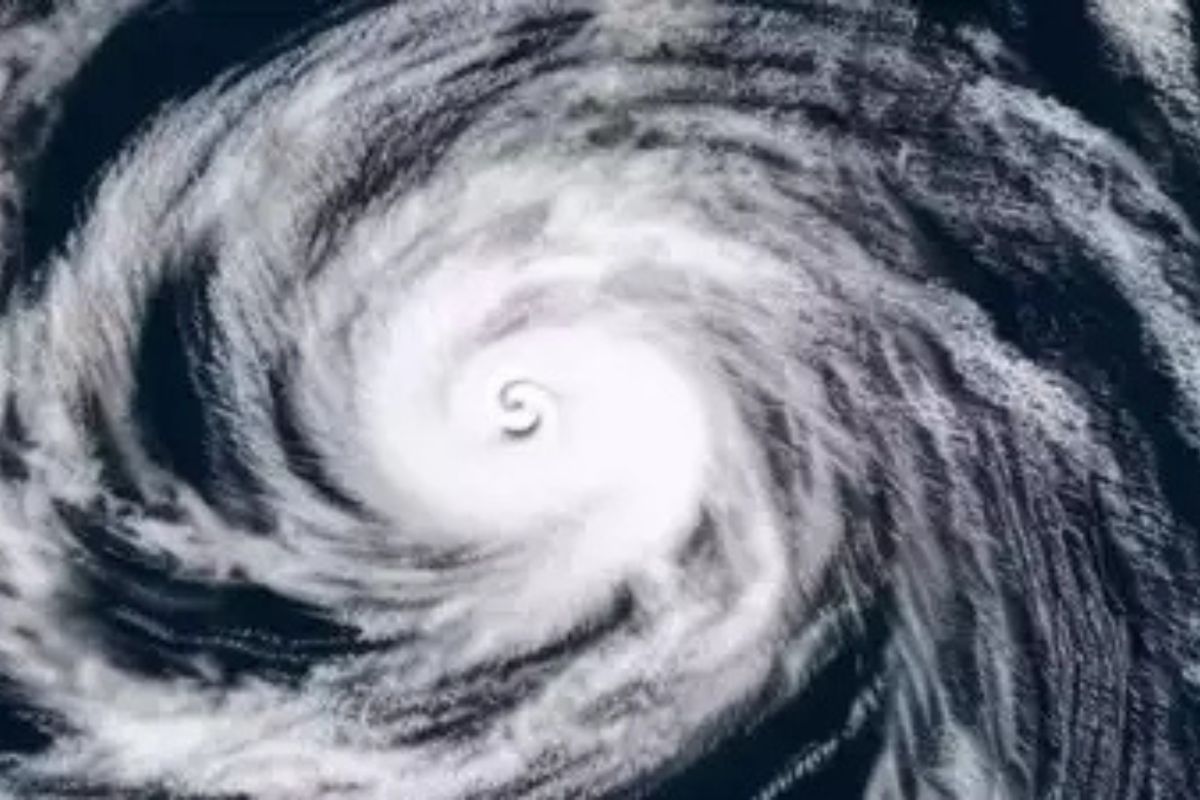Earthquake of magnitude 5.1 strikes Bay of Bengal
An earthquake of magnitude 5.1 on the Richter scale struck the Bay of Bengal in the early hours of Tuesday, according to the National Center for Seismology (NCS).
Movement of cyclones in Bay of Bengal after making landfall has become slower in the recent past.

SNS
Movement of cyclones in Bay of Bengal after making landfall has become slower in the recent past. As an indirect impact of climate change, cyclones in the basin of Bay of Bengal are taking more time to pass through the land after making landfall, informed the director general of Meteorology at the India Meteorological Department (IMD) in New Delhi, Mrutyunjay Mohapatra today.
Recent studies have revealed that the number of cyclones in Bay of Bengal have seen a reduction. On the other hand, cyclones are moving slowly in the basin after hitting land. The most recent example is that of severe cyclonic storm Dana that wreaked havoc in Odisha in October, took about seven hours to complete the landfall process.
Advertisement
As explained by Mr Mohapatra on the sidelines of one-day stakeholders’ workshop, organised by IMD Kolkata, as a part of the 150 years of the IMD, even if the number of cyclones in the region is not increasing, its impact is increasing. “The reasons for greater impact are slower pace of cyclones after hitting and enhanced socio-economic conditions of the citizens. Earlier, there were thatched houses and lower count of assets with people. Therefore, the overall losses were less. With time, the houses have improved and the assets have increased. Hence the amounts of damages are also higher,” elaborated the director general, who is also one of the three vice presidents of the World Meteorological Organisation.
Advertisement
As reiterated by Mr Mohapatra, even as the exact reason for the change in the pace of the cyclones is yet to be confirmed and slow movement are just observations, the scientists are attributing it as an indirect possible impact of climate change.
Not only affecting the cyclone patterns, but the menace of climate change is also adversely impacting the pattern of rainfall. “The frequency of heavy rainfall has also gone up while that of the light rainfall has decreased. Earlier, it used to rain lightly for one, two or even three days. The pattern has changed. Now, it doesn’t rain for a while but when it does, the downpour is heavy. Also, localized heavy rainfall is increasing due to which some parts of the city are getting more or heavier showers than others,” he pointed out.
Another challenge in terms of weather is the one brought about by anthropogenic activities that are posing as hurdles in forecasting. “If we want to tell the air quality, we can say it in terms of natural air quality. However, if there is a fire or any other man-made action, or festivals like Diwali, predictability in such a situation decreases.”
As explained by Mr Mohapatra, if the scientists in the past were able to predict weather in Kolkata three days in advance, due to climate change, they can now predict it only one-and-a-half days before.
Advertisement